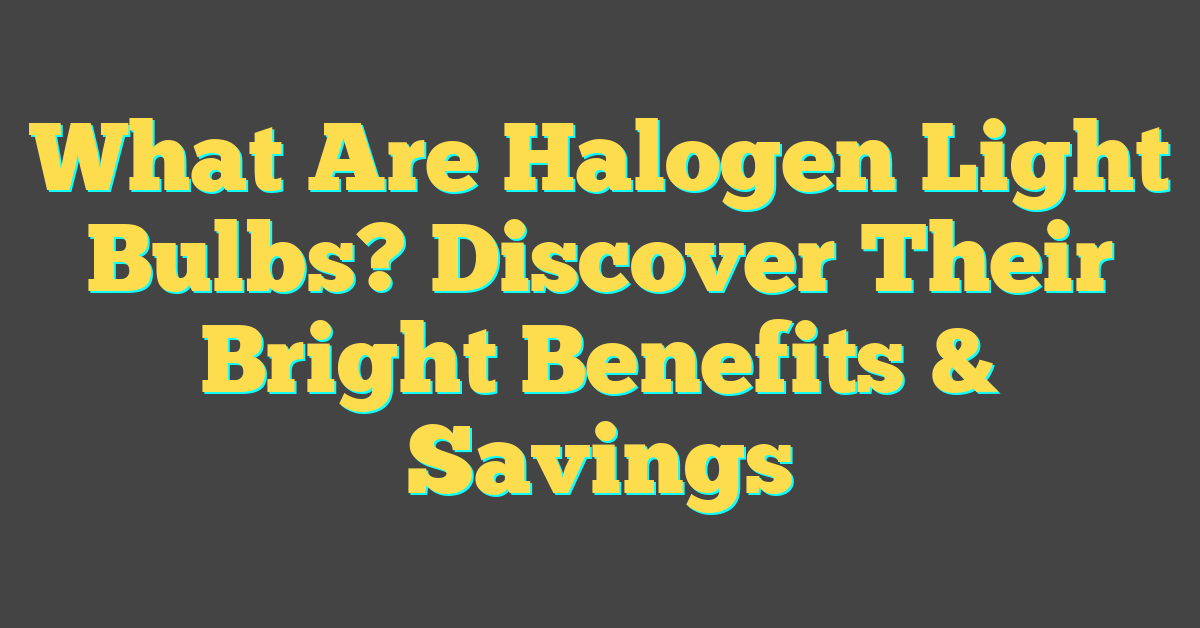I’ve always been fascinated by the way light transforms spaces, and when bicycles are thrown into the mix, something truly magical happens. Bicycle lighting isn’t just about safety anymore—it’s become a creative tool that artists and designers are using to reimagine public spaces. From glowing bike wheels to entire installations that pulse with color, these projects turn everyday environments into something extraordinary.

What I love most is how bicycle lighting brings movement and energy to art. It’s not static; it interacts with its surroundings and invites people to engage. Whether it’s a community park or a bustling city square, these installations add a sense of wonder and playfulness that draws people in. It’s proof that something as simple as a bike and some lights can spark creativity and connection in unexpected ways.
The Role Of Bicycle Lighting In Contemporary Art
Bicycle lighting has become a versatile tool in the art world, moving beyond its functional roots. It’s exciting to see how lights transform bicycles into interactive, illuminated artworks that captivate audiences.
Exploring Light As A Medium
Light is powerful in shaping perception within installations. I’ve seen artists use bicycle lighting to create dynamic flow and rhythm, elevating simple bike frames into glowing sculptures. LEDs, neon strips, and programmable arrays amplify this effect, filling spaces with moving patterns. For example, spinning bike wheels fitted with RGB lights can produce mesmerizing visuals that mimic kaleidoscopic landscapes.
In public art, bike lights enhance the connection between the artwork and the environment. By projecting shifting colors or casting shadows, they interact with nearby architecture and landscapes. I’ve worked on projects where these lights created a living atmosphere in urban areas, making passersby pause to appreciate their surroundings.
Transforming Bicycles Into Art Objects
Bicycles, with their mobility and modular structure, make ideal canvases for artistic exploration. Adding lights elevates their design, converting them into eye-catching pieces. I’ve added light wraps to bike frames to highlight their geometry or used projection mapping on wheels for a digital art effect.
Artists often build installations where bicycles serve as both transport and display. A lit-up bike parade, for instance, turns participants into mobile artworks, blending motion with light design. I love how such events foster community interaction and blend personal creativity with shared experiences. Using lighting in this way allows bikes to move seamlessly between practicality and artistic expression.
Bicycle Lighting In Public Spaces
Bicycle lighting is transforming public spaces, blending practical functionality with stunning visual designs. It merges my love for bikes and lighting with creative approaches that enrich urban environments.
Enhancing Urban Aesthetics
Lighting installations on bicycles enhance the visual appeal of public spaces by introducing dynamic motion and vibrant colors. When bike paths and open plazas feature illuminated bikes, it creates a moving spectacle of art. I’ve seen how programmable LEDs and custom light patterns turn small city rides into glowing performances. For example, bike-mounted RGB lights can project shifting hues onto walls and streets, brightening gray urban settings. These displays not only make public spaces look more alive but also create opportunities for community gatherings and celebrations.
I also admire large-scale city projects where bikes with artistic lighting act as mobile sculptures. These installations bring energy to streets and parks, emphasizing how bicycle lighting combines practicality with artistic expression.
Promoting Safety And Functionality
Bicycle lighting improves safety for riders and pedestrians while maintaining visual appeal in public settings. In my experience, well-lit bikes on shared paths help reduce accidents by enhancing visibility. Long-lasting LED strips and reflective designs, for example, alert others to a bike’s presence in dim conditions without sacrificing the artistic aspect.
On a larger scale, cities are using bicycle lighting as part of functional public designs. Lit bike racks, interactive bike trails, and community rides with illuminated bikes all serve dual purposes: drawing attention while fostering safer environments. I’ve worked on projects that integrate motion-sensitive lights on bike paths, which activate only when cyclists pass, saving energy while guiding the way after dark.
Noteworthy Bicycle Lighting Installations
Bicycle lighting has become a fascinating medium for creative expression, with installations blending art, technology, and community in unique ways. Some of the most inspiring projects transform static environments into vibrant experiences.
Iconic Examples Of Artistic Expression
One standout example is “Luminous Bikes,” an installation by Swiss artist Raphael Hefti. Using electroluminescent coatings, Hefti turned stationary bicycles into glowing sculptures that emitted soft, otherworldly light. Displayed in both galleries and public spaces, these bikes bridged the gap between fine art and street-level engagement.
Another unforgettable project is “Bike Particles” in Amsterdam. This moving installation featured bicycles equipped with programmable LED strips, creating dynamic, ripple-like lighting effects as riders traveled through the city. The changing colors and patterns transformed ordinary commutes into mesmerizing displays, adding a layer of beauty to urban cycling.
« How to Use Bike Lights for Night Fishing or Camping: Top Tips to Stay Safe and Light Up Your Night
The Science of Color Temperature in Bike Lights: Boost Night Visibility and Ride Safer »
In New York, the “Bike Light Festival” showcased riders carrying neon-lit frames through Central Park. Participants customized their bicycles with unique light arrangements, presenting a collective artwork in constant motion. This annual event became a celebration of community creativity, with each cyclist contributing to a glowing tapestry.
Interactive And Immersive Experiences
“Pulse of the City,” an ongoing project in Boston, uses motion-sensitive lights on installed bicycles. I was blown away seeing how the lights interact with both movement and heart-rate monitors, syncing flashes and colors to cyclists’ inputs. This installation turns riding into a collaborative art form while promoting health and fitness.
The “Light Lane” project introduced laser projection to create temporary bike paths in urban spaces. I found this concept ingenious—cyclists activate the feature, and glowing lanes appear in real-time as they ride. It highlights safety while giving riders a sense of control over the visual space.
In Melbourne, the “Glow Ride” event immerses participants in an environment of ultraviolet light and reflective materials. Cyclists decorate themselves and their bikes with glow-in-the-dark paint, creating a surreal atmosphere. The luminescent visuals bring the community together, encouraging creativity and newfound appreciation for bike culture.
Challenges And Considerations In Bicycle Lighting Design
Designing bicycle lighting for art installations and public spaces involves blending technical, aesthetic, and environmental elements. While it’s exciting to merge creativity with functionality, certain challenges demand careful thought.
Balancing Creativity And Practicality
Maintaining a balance between artistic vision and real-world usability often presents a challenge. Lights need to be vivid and captivating, yet they must not obstruct a rider’s movement or compromise safety. I’ve found that solutions like lightweight LEDs and flexible mounting systems work well for this. For example, programmable lights can create complex visuals while ensuring proper illumination for nighttime rides.
Practicality also means considering durability. Bicycle lights in public installations face wear-and-tear from weather and handling. Using water-resistant materials and secure attachment methods keeps designs intact longer. When installing lighting in interactive public spaces, ensuring easy maintenance is essential, especially as continuous use might cause issues over time.
Environmental And Sustainability Concerns
Sustainability plays a key role in modern lighting projects. Integrating eco-friendly practices, like solar-powered lights or rechargeable systems, adds value to the design. I’m always exploring ways to reduce waste by reusing or upcycling components like old bike frames or discarded electronics.
Energy efficiency is another priority. LEDs, known for their low power consumption, are a favorite in my projects. Pairing these with motion sensors or timers minimizes energy usage. For instance, installations with lights that activate only when bikes pass make a huge difference in conserving resources, especially in urban displays.
The Future Of Bicycle Lighting In Art And Public Spaces
Bicycle lighting is rapidly evolving, merging advanced technology with creative design to transform art installations and urban environments. As someone who loves working on bikes and DIY lighting projects, I’m excited about its potential to shape how we see and interact with public spaces.
Innovations In Technology And Design
Recent advancements are pushing the boundaries of what bicycle lighting can achieve. Programmable LEDs, like those I’ve experimented with at home, allow for customizable patterns and color effects that adapt to different themes or events. For example, RGB lighting systems with smartphone control enable artists to synchronize lights with music or movement, creating more immersive experiences.
Solar-powered lighting solutions are also gaining traction. These systems use integrated panels to charge during the day and illuminate after dark, reducing energy consumption. I’ve found incorporating motion-activated lights especially fascinating—designs that only activate as a cyclist passes by save energy while emphasizing dynamic interaction.
Developments like lightweight, flexible LED strips and weather-resistant coatings are addressing both aesthetic and practical aspects. These innovations ensure durability, even for outdoor installations, and open up new artistic possibilities. Bikes remain functional while becoming moving canvases that brighten up plazas, trails, and festivals.
Expanding Community Engagement
Bicycle lighting is becoming a tool for community connection, and I’m thrilled to see how it’s being used to bring people together. Interactive art projects are a big driver of engagement. For instance, installations where participants can pedal bikes to generate light not only entertain but also educate people about energy use and sustainability.
Events like light parades showcase the creativity of individuals and groups, allowing participants to express themselves while fostering a shared sense of play. I’ve attended rides that feature glowing custom patterns on wheels and frames, and the energy from the crowd always feels electric.
Public spaces are also integrating bike lighting to engage local residents. Projects using motion-sensitive paths or illuminated message displays activated by riders encourage interaction and draw attention to cycling culture. These initiatives inspire people to see their cities differently, connecting art, cycling, and community in a powerful way.
Conclusion
Bicycle lighting has truly evolved into something extraordinary, blending art, technology, and community in ways that inspire and connect people. It’s amazing to see how these glowing creations can transform urban spaces, turning them into vibrant, interactive environments that spark curiosity and joy.
What excites me most is the potential for innovation in this field. From programmable LEDs to eco-friendly designs, the possibilities feel endless. Whether it’s enhancing safety, fostering creativity, or bringing people together through shared experiences, bicycle lighting is proving to be so much more than just a practical tool.
I can’t wait to see how artists, designers, and communities continue to push the boundaries of what’s possible, illuminating our cities and our imaginations in the process.




